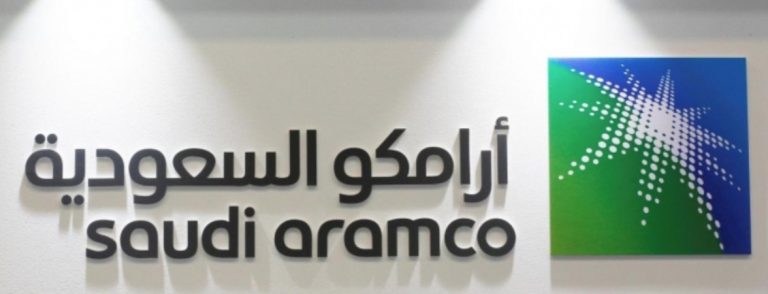Amid drone attacks on Saudi Aramco’s production facilities, news that both the London and Hong Kong stock exchanges were unlikely to be in the running for the international portion of the company’s flotation came as no surprise.
With a no-deal Brexit in the UK more than ever a possibility, and the ongoing protests in China’s special administrative region, the two platforms are justifiably marred by continuing uncertainty concerns. The recent bid by HKEX for the LSE – however unlikely in its present form – will also have done little to allay these doubts.
What was more of a revelation, however, was that the Tokyo stock exchange was now a serious contender for a secondary listing, after an initial flotation on the Tadawul in Riyadh.
A number of foreign companies proceeded with secondary listings in Tokyo in the 1980s and 1990s after considering the very high P/E ratios typical of that market at the time – but only to achieve very low trading volumes there. Pretty much all of these corporates chose to de-list in later years, after also having spent considerable amounts of time and money to comply with Japanese ongoing listing requirements.
Voluntary de-listings from the TSE have included those by Telefónica in 2011; AEGON, Deutsche Telekom and UBS in 2010; BNP Paribas in 2009; Alcatel-Lucent, Barclays, Bayer, Boeing, BP and Société Générale in 2008; Henderson Land, Volkswagen and Westpac in 2007; and DaimlerChrysler, Deutsche Bank and National Australia Bank in 2006.

According to the TSE’s own website, to this day, only two foreign companies remain listed on the first section of the exchange: YTL Corporation, a Malaysian infrastructure conglomerate, and AFLAC Incorporated, an American insurance company.
In fact, with the possible exception of South Korea and Taiwan, it is pretty hard to find a major stock exchange in Asia that features as few international stocks as the TSE, a pretty major feat given the size of the Japanese economy. Absent political considerations, it’s hard to see what financial benefits would accrue to Saudi Aramco, were it to list in Japan after its initial domestic IPO.
While the Tadawul is primarily a platform for Saudi investors and Saudi markets have historically seen low levels of foreign direct investment, the Saudi stock exchange has now been included in major global emerging market indexes and international investors can – in theory – buy up to 49% of the shares of listed companies.
Any secondary listing and share offer in Japan by Saudi Aramco is likely to be substantial, but whether significant volumes can be sustained months after that transaction remains doubtful, and flowback of stock to the Tadawul over time is also most probable.
If offering shares in Japan is a must, then a public offering without listing (known as a Powl) would perhaps be a better solution. You can read details about Powls, which I discussed in another column, in this LINK.
To my mind, a secondary listing on the NYSE would make much more sense. Saudi Arabia has historically had close links with the US and the energy sector is well understood by institutional investors there, with significant sell-side coverage by research analysts.
But that’s another story.
